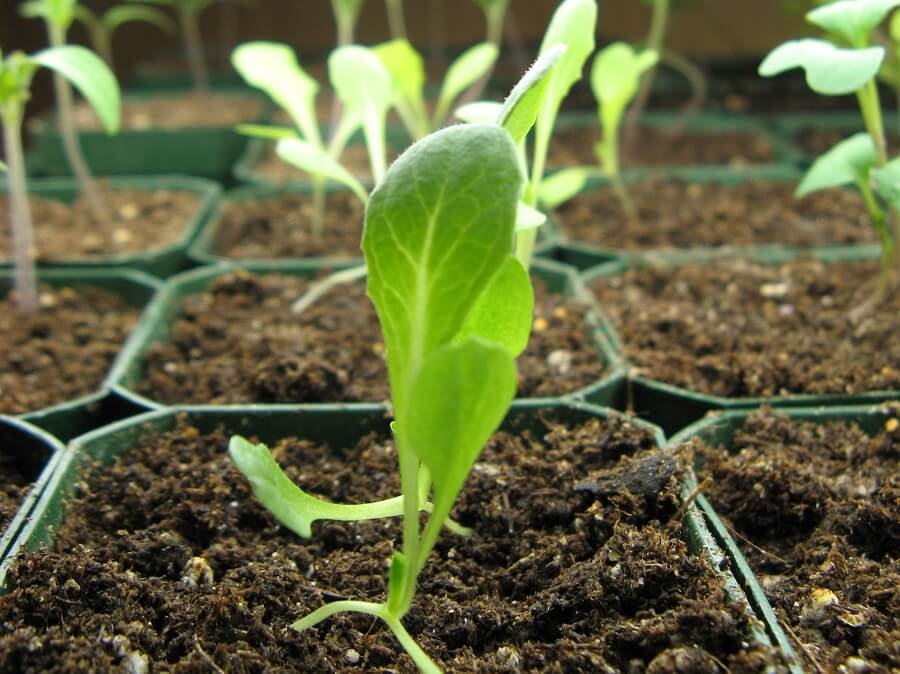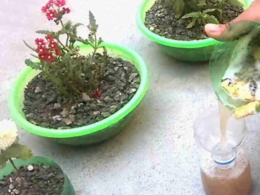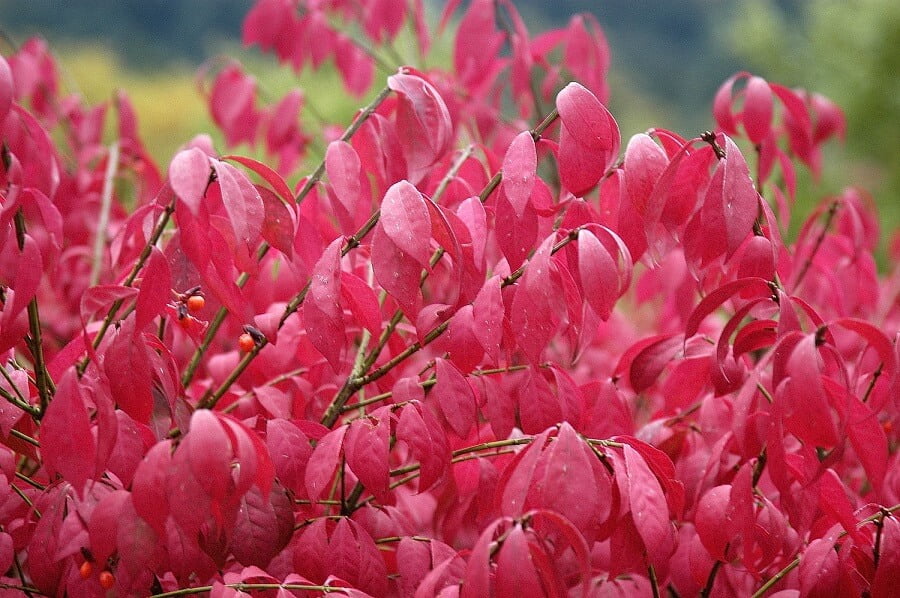Do you want to reduce your household waste and help the environment? Look no further than composting tissues and napkins! These often overlooked items are actually biodegradable and can break down quickly if composted correctly.
By composting these items, you can contribute to a healthier planet and reduce your carbon footprint. Composting tissues and napkins is a simple and effective way to reduce your waste and help the environment. Not only does it divert these items from the landfill, but it also creates nutrient-rich soil that can be used for gardening and landscaping.
By following a few easy steps, you can safely and successfully compost these items in your own backyard. So why not take the first step towards a greener lifestyle and start composting your tissues and napkins today?
Quick Takeaways
- Tissues and napkins are biodegradable and can be composted, with facial tissues being perfect for composting due to their easy breakdown and moisture absorption.
- Used tissues with bodily fluids are safe to compost in small amounts, but heavily soiled tissues from a transmissible illness should be avoided, and the Bokashi composting system is safe for any type of body fluids.
- Napkins can also be composted, but decorative napkins with heavy dyes or ink should be avoided, and shredding used tissues and napkins before adding them to compost can speed up the decomposition process.
- Composting tissues and napkins can reduce household waste going to landfills, and they are brown compost ingredients that provide carbon to the mixture, with mixing in dried leaves or sawdust helping to hold in heat.
Compostability of Tissues & Napkins
You already know that tissues and napkins are biodegradable and can be composted, but did you know that facial tissues are perfect for composting because they break apart easily and absorb moisture?
Composting tissues and napkins has numerous benefits, including reducing household waste going to landfills and providing a natural fertilizer for your garden.
Composting tissues and napkins can have a positive environmental impact. Instead of sending them to a landfill where they’ll take years to decompose, composting them allows the material to break down naturally and contribute to soil health.
Plus, composting can reduce the amount of methane gas produced in landfills, which is a potent greenhouse gas that contributes to climate change. So, start composting your tissues and napkins today and help the environment!
How to Compost Correctly
To compost tissues and napkins correctly, it’s important to use a composting container that allows for aeration and proper drainage. Mixing in a variety of brown and green compost ingredients is crucial to create a balanced mixture.
To avoid introducing any potential pathogens to the compost, it’s recommended to use composted tissues rather than fresh ones. Shredding used tissues and napkins before adding them to the compost can help speed up the decomposition process.
Regularly turning the compost every four to seven days and checking moisture and heat levels can help maintain the breakdown of the compost ingredients.
Can Composting Shrimp Shells Help in Reducing Waste and Helping the Environment?
Composting shrimp shells for gardens is a sustainable way to reduce waste and benefit the environment. Shrimp shells are rich in nutrients like chitin, which promotes healthy soil and plant growth. By composting these shells, we divert them from landfills and create a valuable resource that nourishes our gardens. This eco-friendly practice embraces the circular economy, minimizing waste and supporting a greener future.
Maintaining the Compost
Maintaining a healthy compost requires turning the mixture every four to seven days to ensure that all parts of the compost are breaking down evenly. This process helps to aerate the compost and distribute moisture and heat throughout the mixture. Turning the compost also helps to speed up the decomposition process, ensuring that the compost is ready for use in your garden sooner.
To maintain the ideal moisture level for your compost, it is important to check the moisture level using a professional-grade moisture meter. The moisture level should be kept between 40-60%. If the compost is too dry, add water, and if it’s too wet, add dry materials such as shredded leaves or sawdust. Remember to turn the compost after adding any new materials to ensure that the moisture is distributed evenly. By following these simple steps, you can maintain a healthy compost and reduce waste while helping the environment.
| Compost Moisture | Turning Frequency |
|---|---|
| 40-60% | Every 4-7 days |
| Too dry? Add water | |
| Too wet? Add dry materials |
Tips for Increasing Decomposition
For faster decomposition, try shredding your used tissues and napkins before adding them to the compost. Shredding the material into smaller pieces allows for greater surface area, making it easier for microorganisms to break down the tissue fibers. This can help speed up the decomposition process and produce compost faster.
Here are some shredding techniques to try when composting tissues and napkins:
- Use a paper shredder to shred the tissues and napkins into small pieces.
- Cut the tissues and napkins into small pieces with scissors or a knife.
- Rip the tissues and napkins into small pieces by hand.
- Use a food processor to chop the tissues and napkins into small pieces.
Another way to speed up the decomposition process of tissues and napkins is by using the Bokashi system. This composting method involves adding a mixture of microorganisms to the compost, which helps break down organic matter faster. The Bokashi system is safe for composting any type of body fluids, making it a great option for composting heavily soiled tissues.
Give these techniques a try to reduce your household waste and help the environment.
Frequently Asked Questions
Can tissues and napkins be composted in a vermicomposting system?
Yes, you can compost tissues and napkins in a vermicomposting system. However, it’s important to avoid heavily soiled tissues from transmissible illnesses and decorative napkins with heavy dyes or ink. Composting paper products can reduce waste and help the environment.
Are there any specific types of tissues or napkins that should not be composted?
When composting, it’s important to stick with compostable materials. Thankfully, there are many biodegradable options available, including most tissues and napkins. However, decorative napkins with heavy dyes or ink should be avoided.
Can tissues and napkins be composted along with food scraps and yard waste?
Yes, you can compost tissues and napkins with food scraps and yard waste. Composting benefits the environment by reducing waste and providing biodegradable alternatives. Keep in mind to avoid heavily soiled tissues and decorative napkins with heavy dyes or ink.
Can compost made from tissues and napkins be used for indoor plants?
Yes, compost made from tissues and napkins can be used for indoor gardening. However, composting challenges, such as maintaining proper moisture and aeration, must be addressed to ensure the safety of your plants.
Is it safe to compost tissues and napkins that have been in contact with cleaning chemicals or pesticides?
It’s not safe to compost tissues and napkins that have been in contact with cleaning chemicals or pesticides. Stick to composting paper products that are free from any chemicals to avoid harming the environment.









